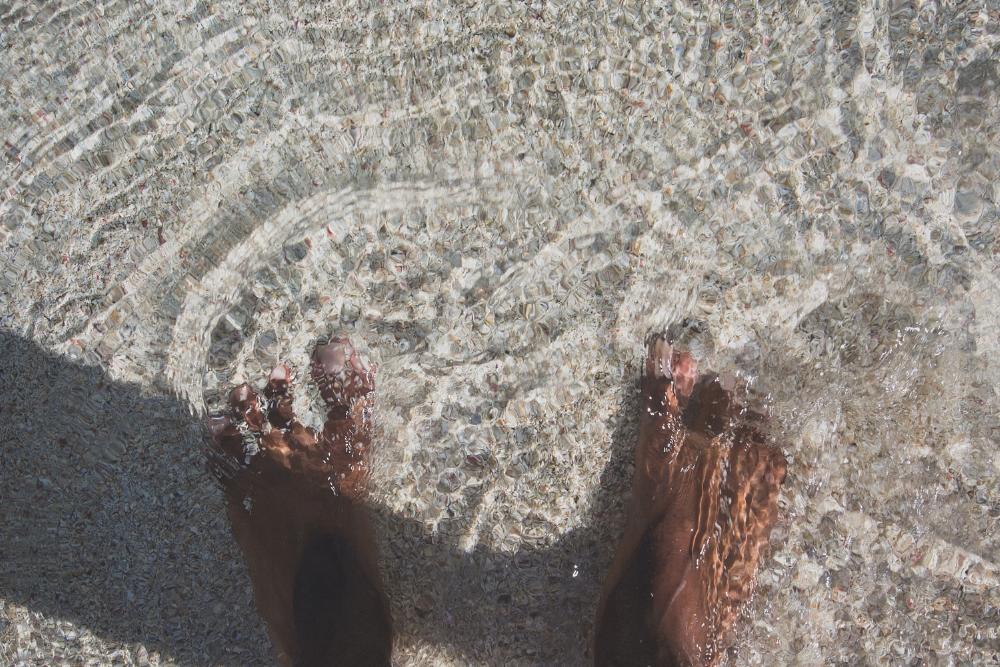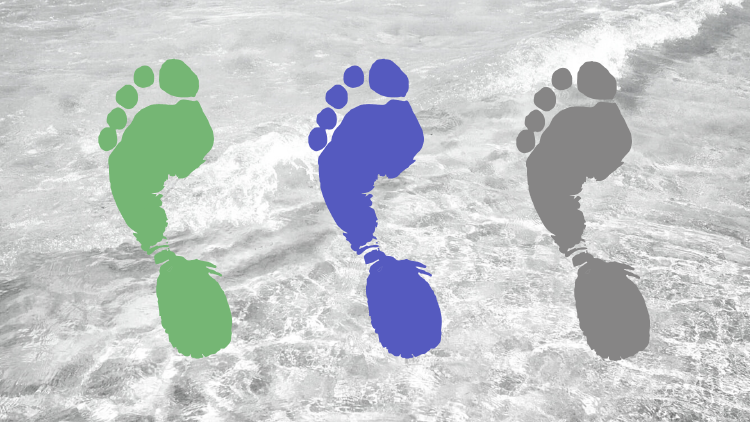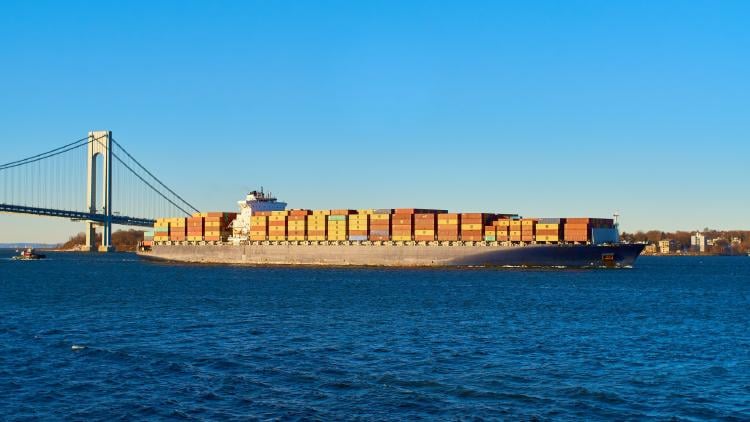
Everything takes water to make. From that shirt you have in your closet, to the device where you are reading this and that snack you are about to have. So basically everything we use, wear, eat and do leave a water footprint. But what is that? Learn here about: Water Footprint: How Much Water it Takes to Make Things
A “footprint” in general has become known as a quantitative measure showing the appropriation of natural resources by human beings. The water footprint shows the extent of water use in relation to consumption by people.
But water footprint it’s not only water we consume as individuals or at our households doing “water using activities” i.e. washing dishes, laundry, and taking a nice relaxing bath. It’s a little bit (well a lot) bigger than that.
Around the world, 2.1 billion people still lack access to safe water. Imagine not being able to drink a glass of water when you are thirsty… Water scarcity is the lack of fresh water resources to meet the standard water demand. Humanity is facing a water crisis, due to unequal distribution resulting in some very wet and some very dry geographic locations, plus a sharp rise in global freshwater demand in recent decades driven by industry.
The water footprint can be measured from an individual consumption (like you and me), a community, or business, and it’s defined as the total volume of freshwater used to produce the goods or services consumed by the individual and community or produced by the business. This means it can be measured for one single process such ass growing beans, for a single product like a book, for the food we buy, or even for a whole multinational grocery store. We can even know how much water is consumed by a particular country or city.

The total water footprint of a product breaks down into three components: the green, blue and grey water footprint.
Together, these components give us a comprehensive picture of water use by outlining the source of water consumed, and the volume of fresh water required for the assimilation of pollutants.
We have a lot of water on earth, that is true. You may think: Use the water of the oceans, problem solved!! But salty water is not really good for growing food, drink or take a shower. The water we use is freshwater, and it represents only 3% of the water on earth. This is actually a big quantity of water, but let’s take a closer look:
The majority of this freshwater is locked up in glaciers and ice caps around the globe. Also, not useful for human activities like agriculture and day-to-day life.
We find most of the rest of the freshwater underground. Aquifers that humankind has been using for years. And as you can imagine by now, it takes a lot of energy to extract that water from underground and energy=water so it takes a lot of water to extract that water. Do you follow?
What about rivers and lakes? Well, they’re a tiny little fraction of freshwater.
So…
Water is (mostly) invisible.
-Bare with me-

There are different ways of water use. Direct way and indirect or virtual.
This means water can be used for direct and indirect purposes. Direct purposes include bathing, drinking, and cooking, while examples of indirect or virtual purposes are the water we cannot see. What do I mean by that? Virtual use of water is for example the water used to process the wood to make paper or to build a house. We are surrounded by water, more than we even begin to imagine.
Everything we own, eat, or do represent a portion of water.
This is probably the first time you hear this. And that is a big issue, here is why:
This is where water footprint comes in handy. Since essentially water footprint is a measure of humanity’s appropriation of fresh water in volumes of water- consumed or polluted. It allows us to answer a few questions and help us evaluate how water is currently being used.
The water footprint is calculated at the base unit of a process or activity, like we said before these process water footprints can be summed to a single product, activity, company, country, or consumer level. And it considers direct and indirect water use.
Basically, water footprint accounts for the total of water used and polluted along each step of the value chain.

Let’s consider an industrial beef production system.
It takes (more or less) 3 years before the animal is slaughtered to produce beef. This animal consumes food and water every day to match the requirements to then becoming, well, a stake.
Let’s make a list of what an average cow consumes:
The water footprint of the 200 kg of beef that is produced from that single cow is the sum of water used and polluted to produce the food it’s eating, the water it’s drinking, the water it takes to keep it clean and alive and then the water that produces the energy to transform a live animal into 200 kg of boneless beef.
The water footprint of 1 kg of beef thus adds up to 15,500 liters of water.
Let me tell you, that is a lot of water for 1 kg of beef.
Do you know how much beef we consumed in America?
49 kg of beef are consumed per capita in the states every year. There are 328.2 million Americans.
Let that sink in… That is a lot of beef, so a lot of water.
And that’s only a portion of the cake.
I know its overwhelming and sounds very rough. But it is vital to be aware of how much water we consume because it has an impact on the environment.
This is how much water day to day products take to produce:
Product Volume of water
a slice of bread takes 8.79877 gal
200 g of red meat 681 gal
a cup of coffee 45 gal
a glass of tea 6.5 gal
a glass of milk 43 gal
1 hamburger 527 gal
1 avocado 60 gal
You can check out how water is used in your state here: How is water used in my state?
There are hundreds of scientist that are working on this imminent crisis. But there are simple things you can do to make a change.
Remember you are one of those 328.2 million Americans.
See the water, be aware. I know this sounds like a crazy thing to say but being aware of how much water we use is the first step towards ending the problem. Find out what’s your water footprint here and try to be more conscious about how you use it.
So it all comes down to lifestyle choices! Every decision you make is about water. Here is a list of things you can start to do to chip in on the water crisis by lowering your water footprint.
Remember there are two types of water usage, so:
There are a few approaches you can take when it comes to reducing your indirect or virtual water footprint.
Take a hike! I mean it. Instead of driving everywhere try to walk everywhere in your 3-mile radius. You can be exercising and saving the planet at the same time.
Have in mind that the responsibility of cutting back the world’s water footprint is not completely up to you. We need to have information to be able to make informed decisions on our lifestyle. So get the word out and share this with friends!
Take a look at the following article: How to Reduce Water Footprint: Beginners Complete Manual